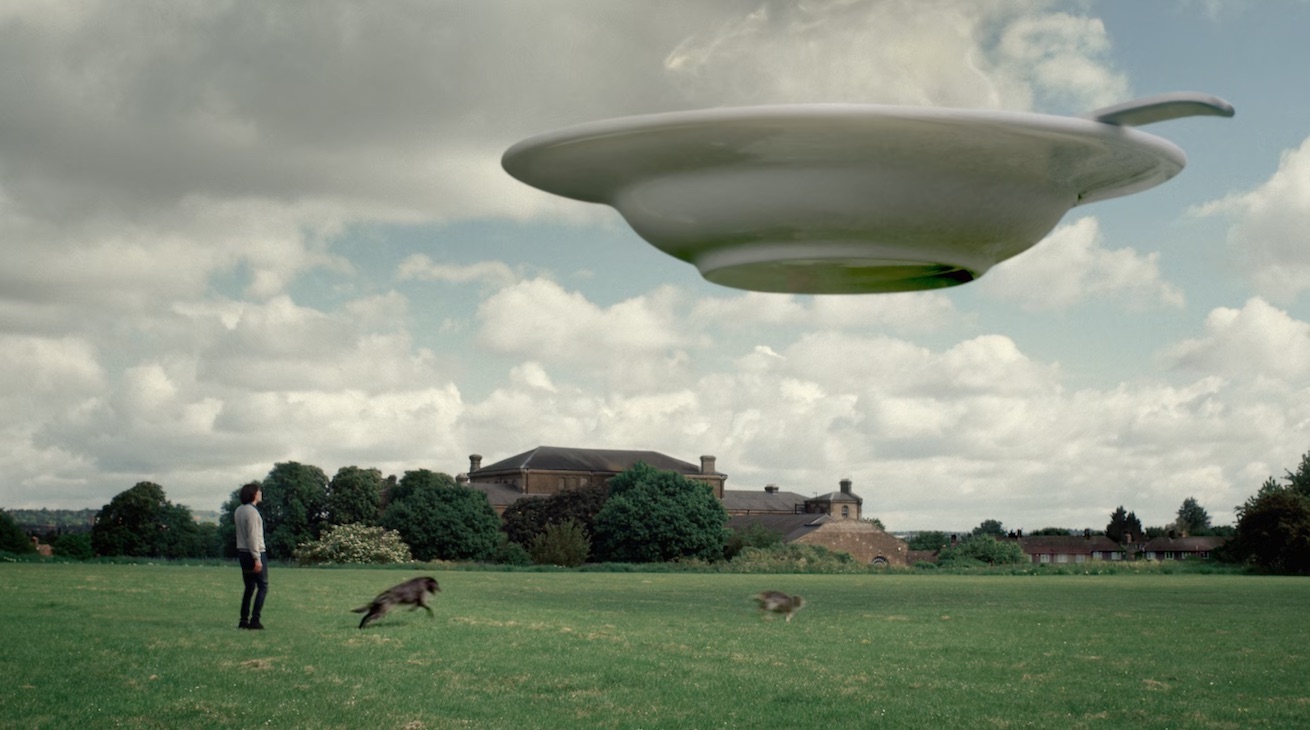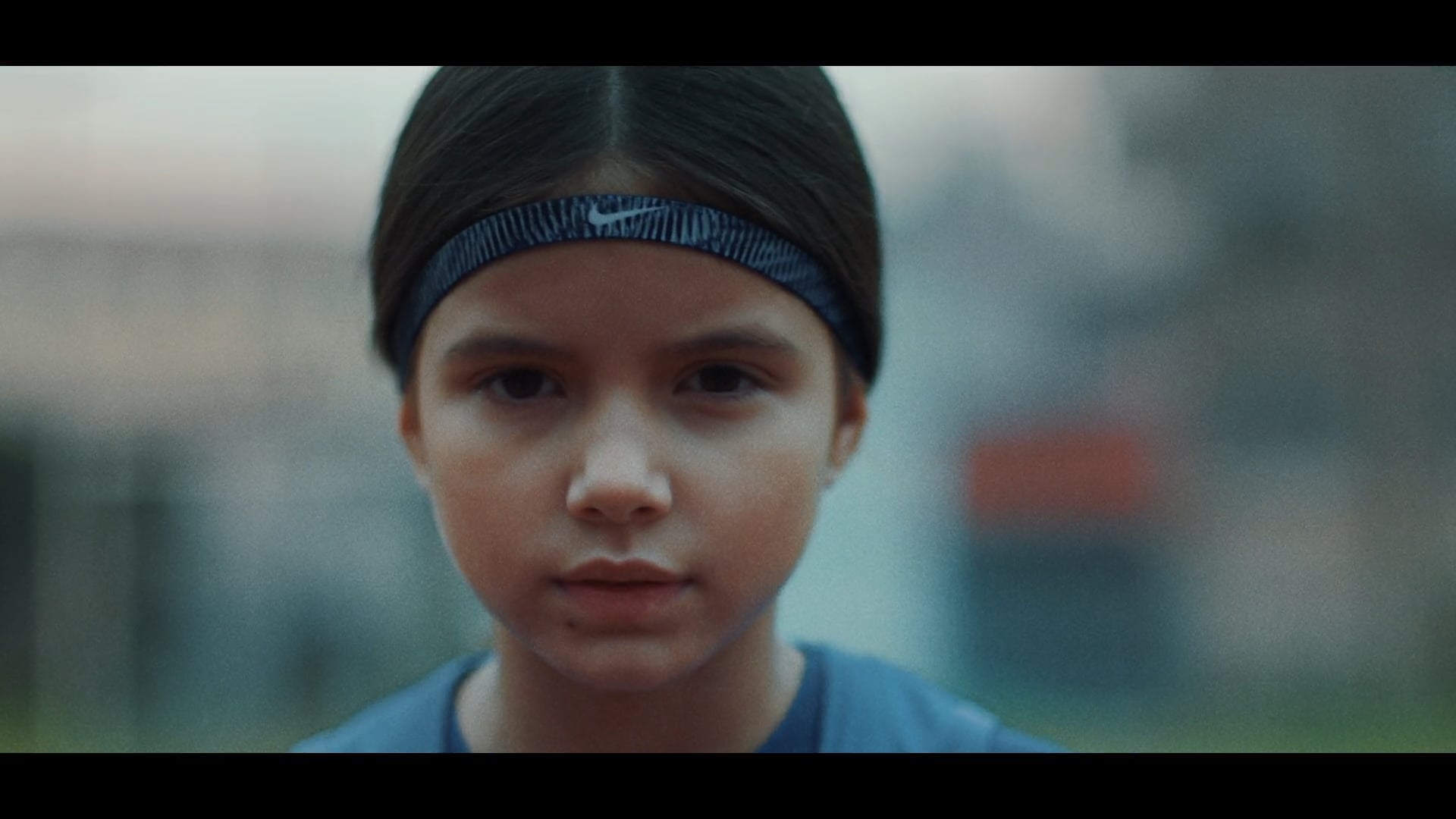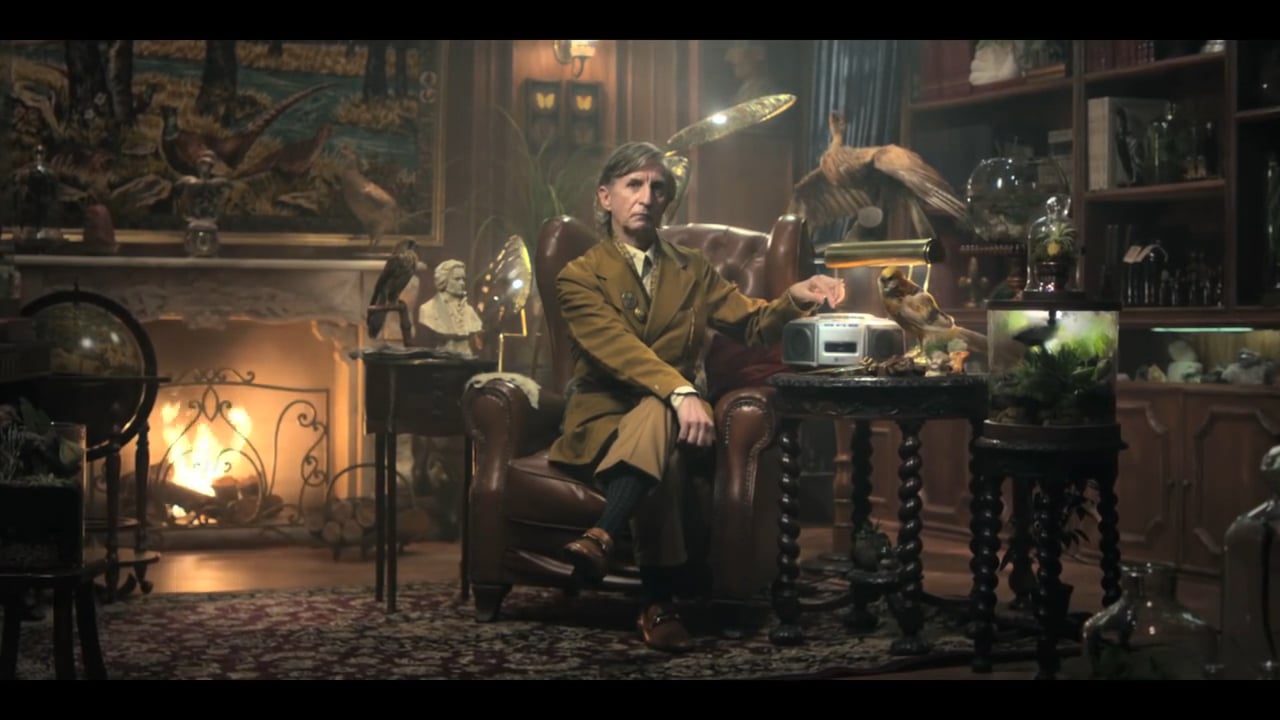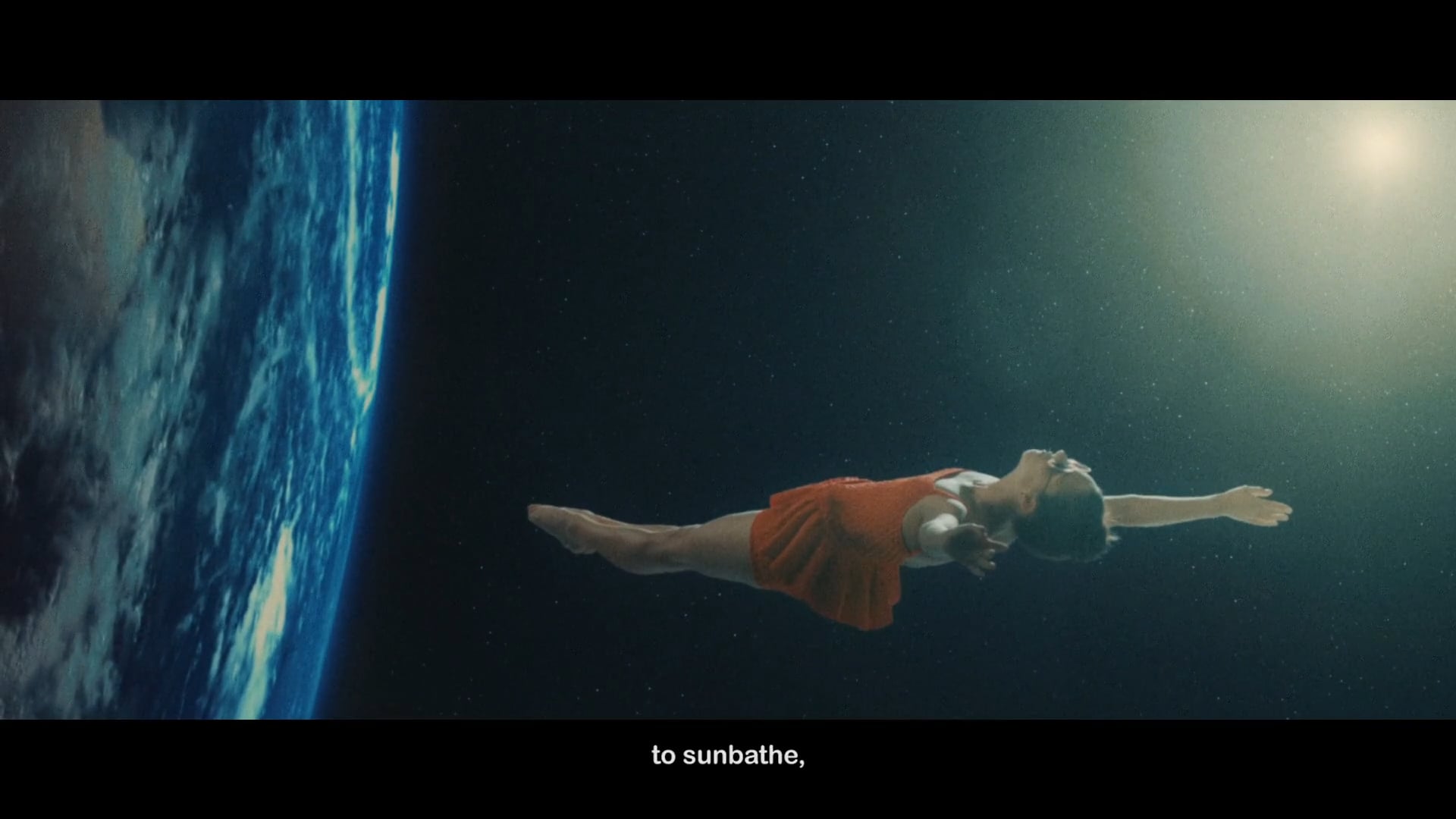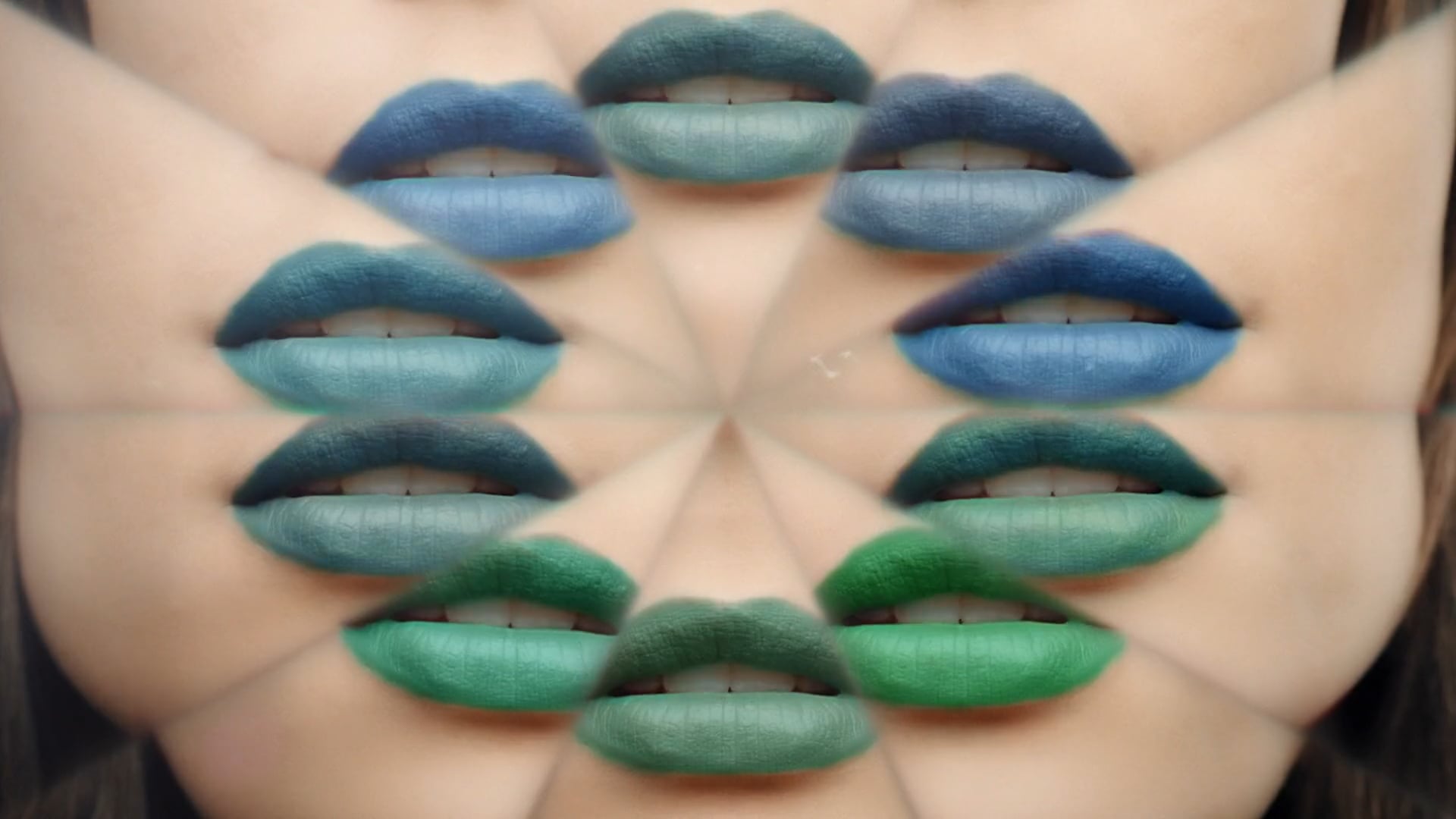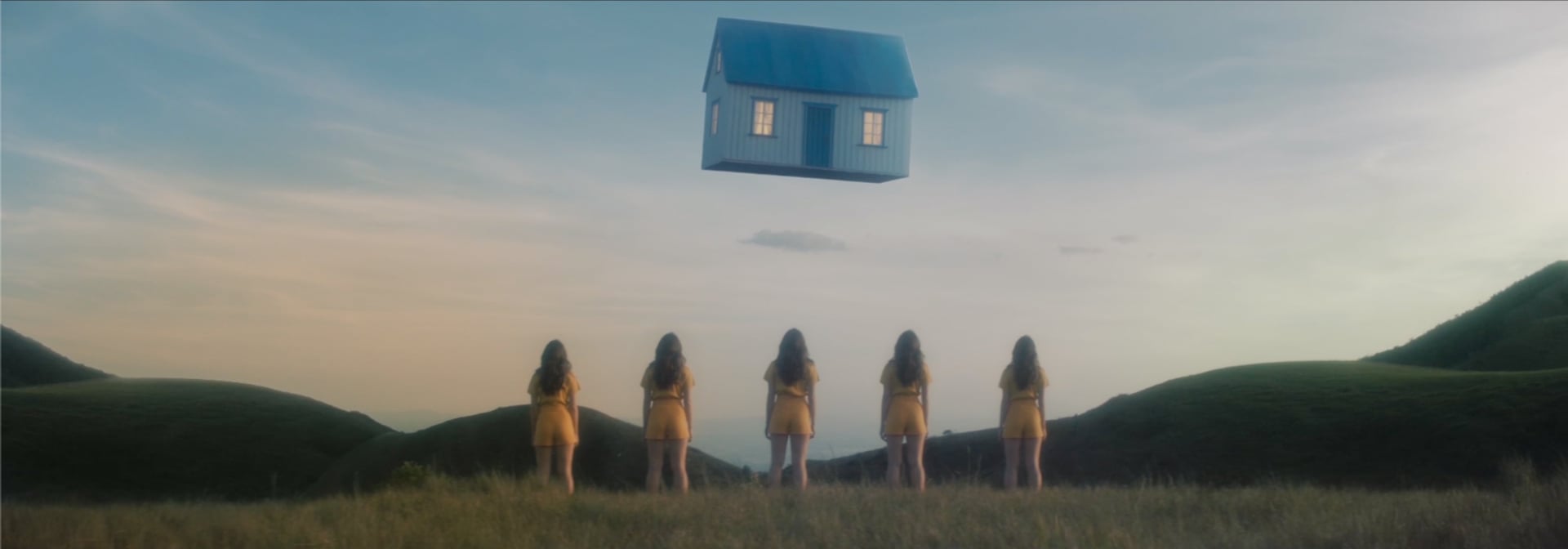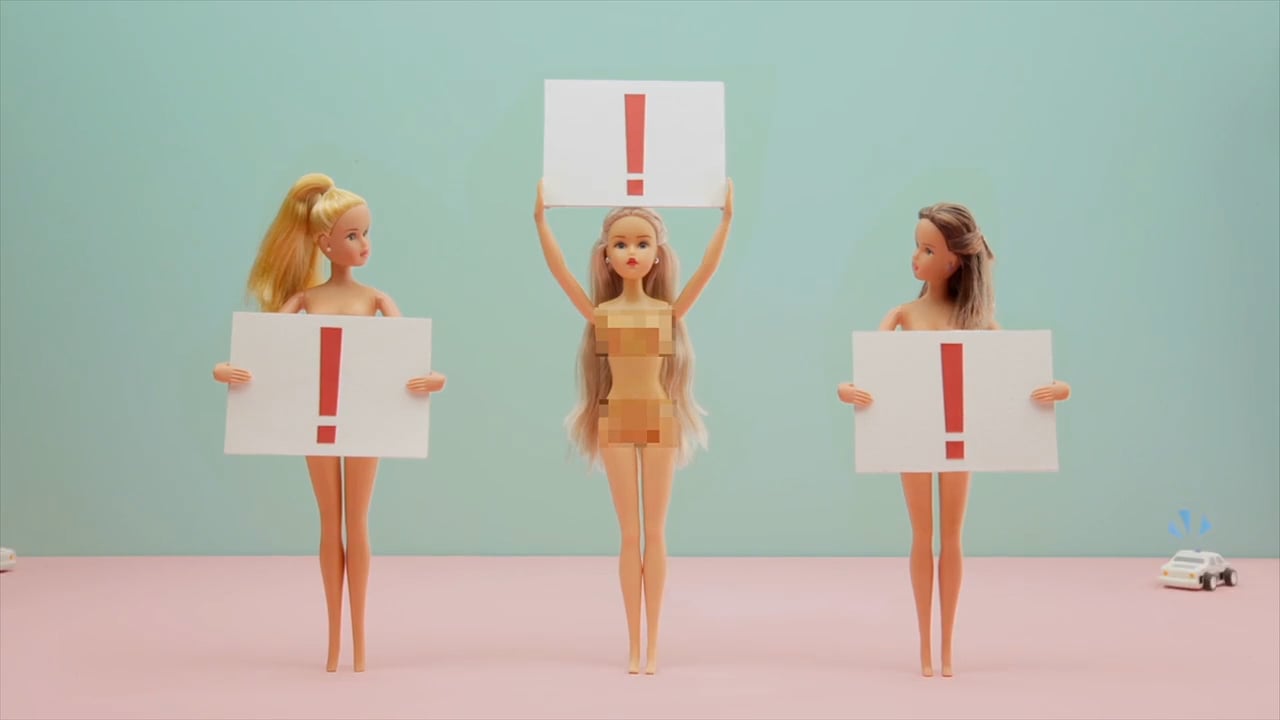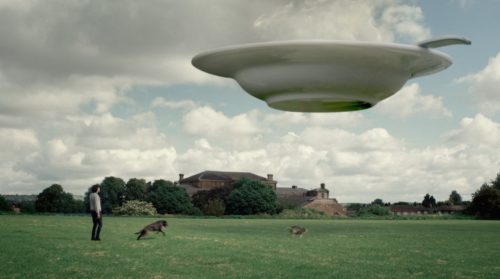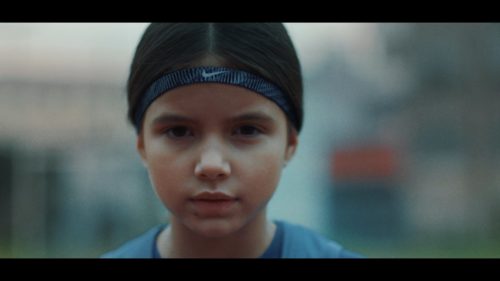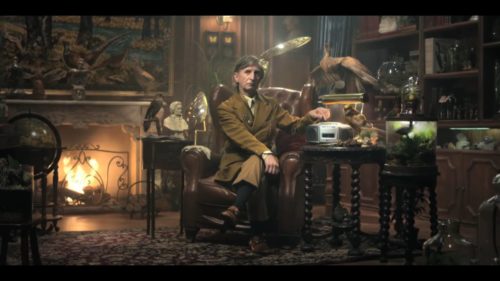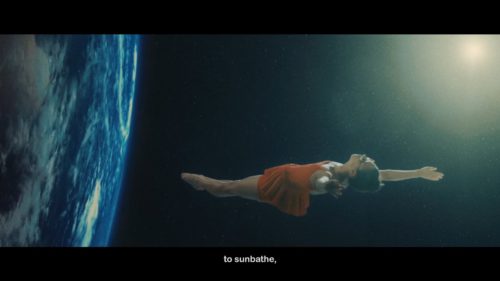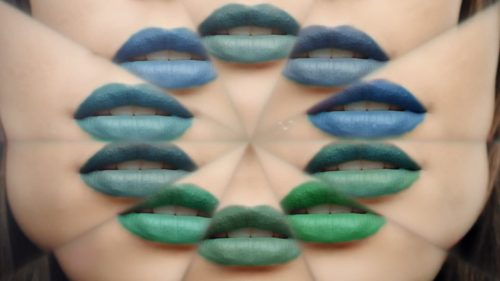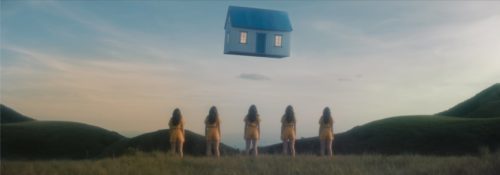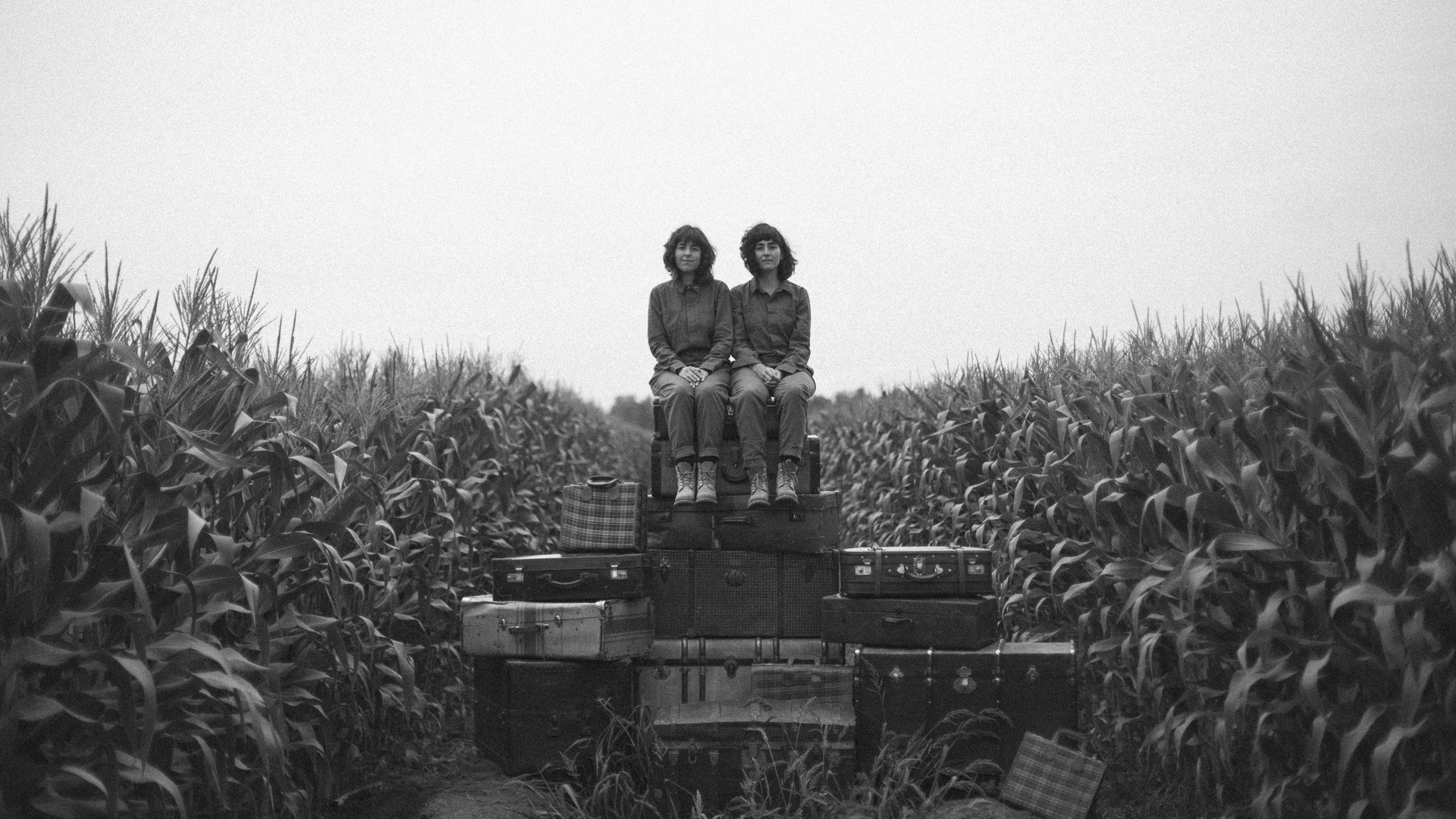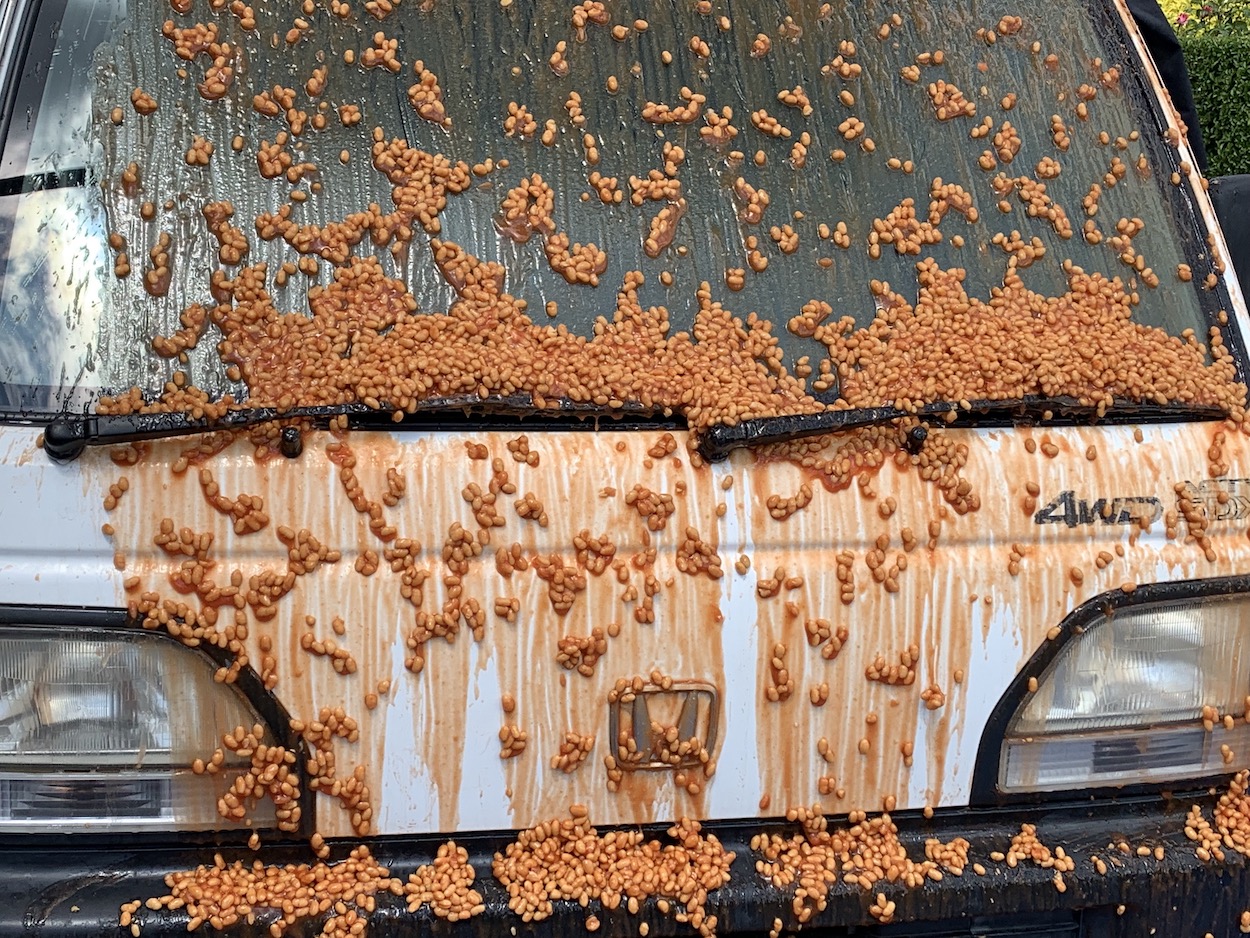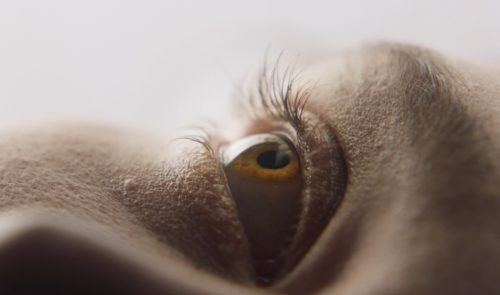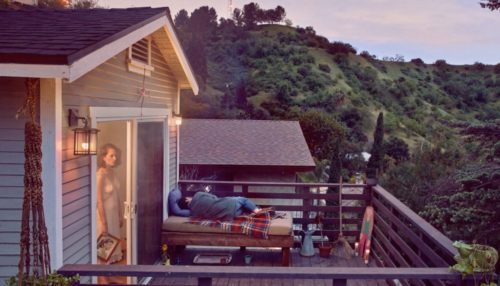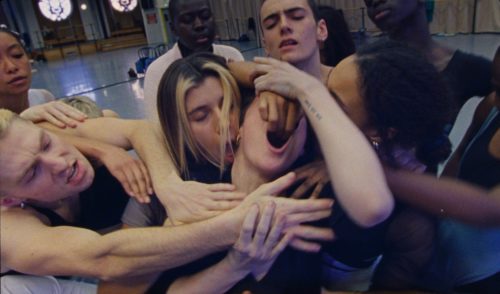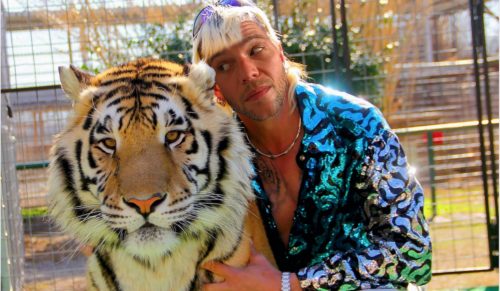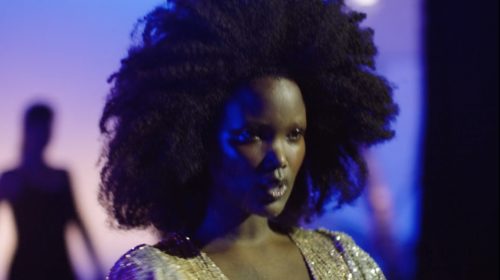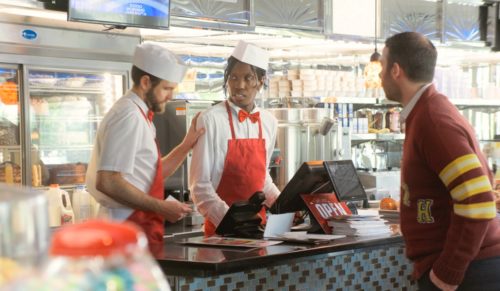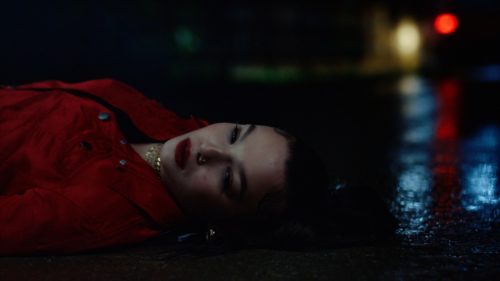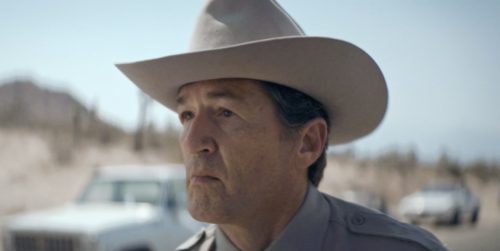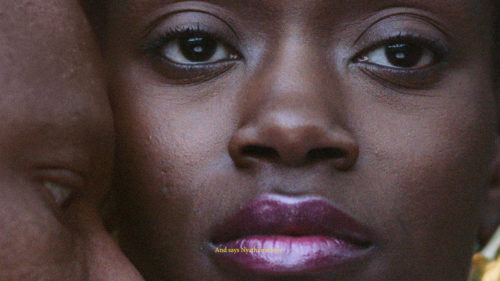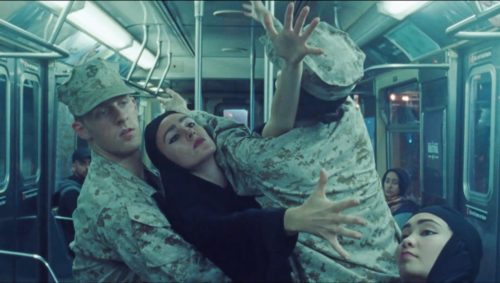Please describe your childhood, was it a particularly creative background and where was it?
We were both born and raised in São Paulo and luckily got to grow up in a very creative and “crafty” environment. The Fridman’s home was the perfect lab for our first artistic experiments, in all ways you could ever imagine.
Our mother, being a visual artist, always encouraged us to be inventive in anything we did — we always had in our hands aniline ink, charcoal, clay, glue or whatever we could find in her atelier. If there was a cardboard box around we would surely turn it into a rocket or a space ship and our dog would probably play the alien. We always looked forward to making whatever art experiment there was in our reach.
Our father, being a photographer, used to show us how photography worked in his darkroom, where we used to play with the rayograph (just like Man Ray did). That was for sure one of our favourite hobbies. There was something about this mysterious feeling of creating images through a blank piece of white paper that we always thought was intriguing. His studio was at home so we always got to see him work closely, at times observing the shooting sessions, “helping” him holding the clapperboards, or sometimes even getting cast in some of his advertising photographs. But we think back then we already knew we preferred to be on the other side of the camera.
Were there any early signs you two sisters would create work together? What was your shared background that led you to directing?
Even though we are not twins, our mother used to dress us up as if we were. Matching clothes, matching shoes, matching hair styles (and well, sometimes we still dress alike by coincidence). Even our birthdays were celebrated together. Having such a small age gap made it completely normal for us to always do pretty much everything together. From synchronised swimming to composing weird four hand songs in the piano and singing The Beatles ‘Sergeant Pepper’, from top to end, without understanding a word they were saying. Our grandmother had a huge collection of VHS’s, and we grew up exploring her film archive. We always created our own imaginative games, played Sherlock Holmes in our historian grandfather’s library, dressed up like gnomes to collect plants in the garden to make magic potions. Looking back now, we can see that in our everyday life we were always in a different film scene we created, with our own characters, own scenarios, and the most crazy misé-en-scènes you could ever think of.
We grew up with cameras in our hands, framing the world since we were really small. Travelling with our family brought us the opportunity to develop our way of seeing the world through the lenses. When we were in school, our parents sent us abroad in an exchange programme — Lina went to live in Denmark and Maira went to live in India. For a year, we had two completely different experiences, immersing ourselves in a very rich cultural journey. We found a place to start our early video experiments, by exploring ways of capturing — in a very unpretentious way — the new lifestyle that surrounded us.
It couldn’t have been different later on — we ended up in film school together. Georges Méliès’s early silent films and Wladyslaw Starewicz’s highly surreal animation short ‘The Cameraman’s Revenge’, with his beetle’s exquisite cast, drove us absolutely mad and led us to our first moving picture experiments on stop motion and visual trickery. That magical and quirky universe intoxicated us. We came up with a crafty stop motion short, a literally homemade film shot in our living room with candies and fruits as our cast. ‘The Sweet Ballet’ travelled the world doing an amazing festival career. Back then, we also had the chance to shoot a 16mm short film in a studio, building up a set scenario with our own four hands. And so we were first getting to be known as the Fridman Sisters: those two creative girls who looked like twins, but weren’t really twins.
Do you have different skill sets – how does the creative process work between you? Do you take turns playing boss or is there generally a consensus between you?
Yes, for sure. Even though we creatively have a lot of synchronicity, sometimes even having the same idea at the same time, we have very different personalities and skills. And both parts make the Fridman Sisters duo. We don’t really rationalise who is the boss in a certain project, but instead it all happens quite naturally and in a very flowing way. And the good thing is that every time one of us starts flying up too high, the other one can pull her back!
How do you resolve differences of opinion?
Lots of dialogue. And that’s the good thing about being a duo: every single subject is discussed before a final opinion is taken. It’s a natural process of filtering and developing each of our ideas before going forward.
South American culture has – okay here comes the assumption – a propensity towards the surreal, unearthly scenarios. We’re thinking of Gabriel Garcia Maquez, Jorge Luis Borges, Isabel Allende, Laura Esquivel etc. To what extent do you feel this inclination lends itself to your filmic language?
Our own background definitely led us to a surreal world in our filmic language. We’ve always had special interest in the uncommon way of portraying reality. From Michel Gondry’s unusual way to tell stories, as if we were diving into his dreams, to the fantastic in Hayao Miyazaki’s amazingly imaginative work. This possibility of reinventing reality and adding our own twist to the everyday life definitely inspired us to start making films. It has always fascinated us, and it still does.
To what extent do you contribute to the creative brief? Do teams tend to allow you to come up and execute your own ideas?
When we get the chance, we always like to give our inputs to the creative brief. Many times agencies come to us not only for our style, but also because they would like us to engage in some way with the creation of their scripts.
For instance what was the first brief for McDonald’s and how closely did you work with the creative team?
We had such a good relationship with the creative team in McDonald’s. It was a really fun project to do. They were very open to suggestions and really bought our ideas. When we got the script from them it was great already. It had such a consistent message and the fact that they allowed us to creatively add so many (crazy) suggestions made the film come together the way it is now. We’re very pleased with it.
What were the main challenges on the McDonald’s production and how did you resolve them?
Hmm. Have you heard of this very particular phenomenon called ‘baked beans rain’? What about an office desk flipping in the air and perfectly landing on the floor, as if it was a magic trick? Well, we did both. For real, all in camera. It wasn’t easy! But we had such an amazing crew with us that everything worked out perfectly. Well, a bit messy and sticky too.
How much did you draw on your own experiences to come up with the Nike film?
It’s not everyday that we are able to share a film that represents us — and so many other women — the way this one does. Little Andressa Alves’s personality as a kid had a lot in common with the young Fridman Sisters: we also wanted to be doing things that “only boys” could do. We enjoyed playing sports that were not common for girls — like judo or even basketball — played with video games instead of dolls, never really cared about shoes or dresses. We fought for our space back then, showing the world we didn’t need only to wear dresses or play with dolls. We indeed saw quite a bit of us in our main character: a very active, naughty, creative and determined girl. And so we brought our own experiences, even researching through our childhood photographs to create the character’s wardrobe.
As young female directors we fight for our space in the market everyday. And just like the little girl in the film, we strive to keep on showing the world what we can do.
Nike is more live action than your other work – is this a new direction you are consciously pursuing?
The Nike spot gave us the opportunity to show a different film style that we’ve always loved. A more live action and storytelling narrative that we are definitely also pursuing. Each and every project asks for a certain style and we believe that what glues all of them together is our directing approach and the personality it adds to our films.
There’s a mix of animation, live action, cgi – the works! – in your films. Please tell us about your usual production process? How do you figure out the mathematical precision of your animation / live action mix?
Being a director is about conducting a big orchestra. We are always involved in each aspect of the production process. Every step of the way is of great interest to us — from the first ideas for the script to the colour grading and soundtrack — and that’s part of the very intricate way of conceiving our work.
We are two perfectionists. No doubt. Our films are extremely detailed and visually appealing, either by its cinematic aspect, meticulous art direction or the experimental ways of mixing techniques. We have the urge to create stories that are able to engage people, make them go beyond reality sometimes and inspire them somehow. Our background as production designers in the advertising and film industry is definitely something we carry with us, as well as our passion for animation and photography. We follow a ‘crafty’ way to conceive a film, creating the formula for each script we get and painting every scene the best way possible, always finding the right balance in order to deliver consistent narratives.
Do you work best in a dedicated space for coming up with ideas and planning?
Not really!
What do you do to turn off from working?
Travelling. For sure. Taking our analog cameras and exploring different places and cultures is one of our greatest passions. We do it every time we have the chance. From going to the most exhilarating cities in the world to the most remote landscapes of Antarctica, we really see travelling as an opportunity to learn with the unknown and look at the world through a different perspective.
Is there anything else you’d like to share?
Lina speaks Danish and Japanese. Maira makes kombucha. Lina likes doodling. Maira dances Lindy Hop. Oh, and Fridman is our real surname.
The Fridman Sisters are represented by Alice Filmes (Brazil) and You Are Here (UK).
